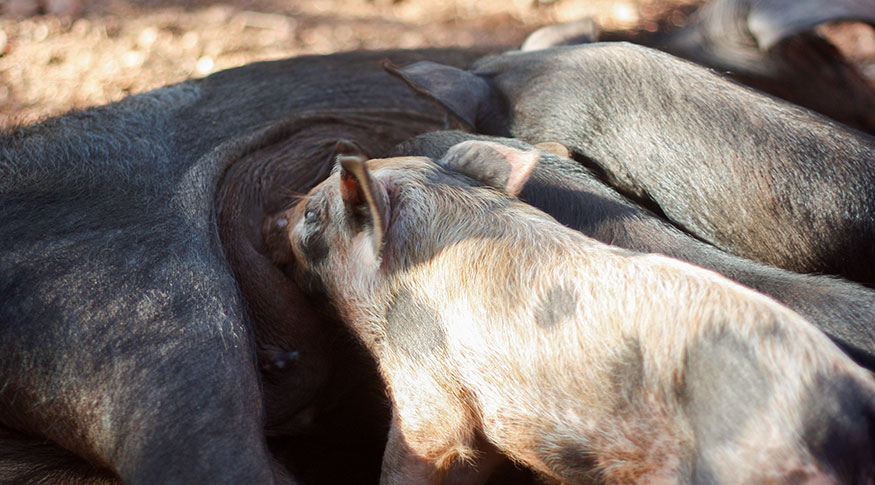Pecuária
Slaughter of hogs and pigs increases 2.4%, hits record in 2018
March 14, 2019 09h00 AM | Last Updated: March 14, 2019 12h58 PM

The amount of hogs and pigs slaughtered in Brazil hit 44.2 million last year, a rise of 2.4% in relation to 2017 and the highest figure in the time series started in 1997. The most significant increases took place in Mato Grosso do Sul, Rio Grande do Sul and São Paulo, and nearly two thirds of the slaughter of hogs and pigs were concentrated in the South states in 2018.
Released today by the IBGE, the information is from the Livestock Statistics. Despite the record, the survey pointed out that the slaughter of hogs and pigs fell 4% in the fourth quarter of 2018 over the third quarter, and rose 0.4% in the comparison with the same period in 2017. "The drop in relation to the third quarter is expected, since it is a period with more slaughtering", explains Bernardo Viscardi, supervisor of the survey.
This activity has been growing uninterruptedly, even with some impact on the exports. Viscardi recalled the restrictions of Russia on the Brazilian pig meat: "even with the embargo of this major buyer, which received nearly 40% of our exports in 2017, we maintained the scale of the slaughtering that produced a record".
With the Russian embargo, data from the Department of Foreign Trade point out that China became our major trade partner of pig meat, receiving 28.3% of the total exported by Brazil. In 2017, that Asian country was the third biggest importer of hogs and pigs from Brazil.
Production of hen eggs in the year is also the biggest in the series
The survey also pointed out that the production of hen eggs rose 8.6% and hit the record mark of 3.6 billion dozens in 2018, the biggest one since 1987. This activity registered the biggest figures in all the months last year, when compared with the same period in 2017. The most significant increases took place in São Paulo, which holds 29.4% of the national production, and in Espírito Santo, which surpassed Minas Gerais and concentrated 9.5% of the total produced in 2018.
Having produced 936.32 million dozens, the result of the fourth quarter was the biggest in the time series, a rise of 1.6% in relation to the third quarter and of 9.1% in the comparison with the fourth quarter of 2017. "Each quarter shows an increase in the production over the previous one", says Viscardi.
Besides the productivity gains, the manager of the survey highlights that the deflation of 4.03% in the price of eggs last year, according to the Extended National Consumer Price Index - IPCA, and the habit change of the population stimulated the increase in the production. "It is related to the issue of consumption increase, not that eggs cause any harm".



















